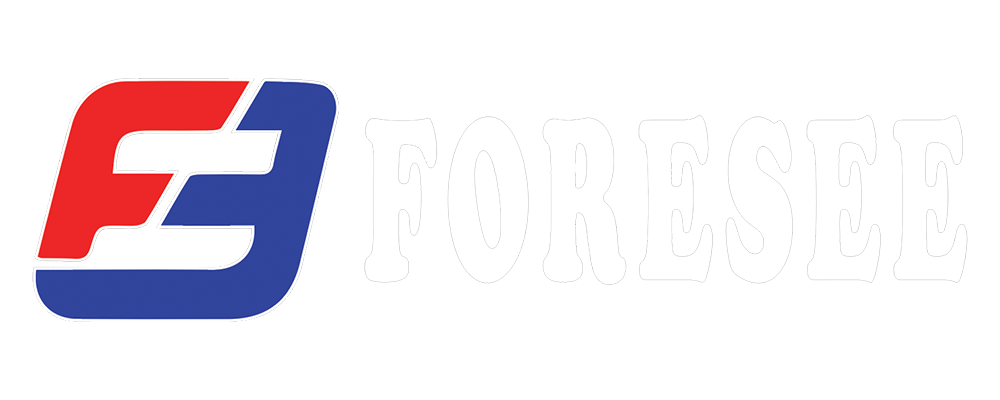Choosing the right welding consumables for your project involves considering several key factors to ensure optimal performance and results. Here's a step-by-step guide to help you make the right selection:
-
Understand Your Project Requirements: Start by clearly defining the requirements of your welding project. Consider factors such as the type of base metal, thickness, joint design, welding process, and any specific performance criteria or code requirements.
-
Identify the Welding Process: Determine which welding process you'll be using, such as gas metal arc welding (GMAW/MIG), gas tungsten arc welding (GTAW/TIG), shielded metal arc welding (SMAW/Stick), flux-cored arc welding (FCAW), or submerged arc welding (SAW).
-
Consider Material Compatibility: Choose welding consumables that are compatible with the base metal you'll be welding. Different welding wires or electrodes are designed for use with specific materials, such as mild steel, stainless steel, aluminum, or high-strength alloys.
-
Review Manufacturer Recommendations: Consult the manufacturer's recommendations and product specifications for the welding consumables you're considering. Manufacturers provide valuable information about the intended applications, material compatibility, welding parameters, and performance characteristics of their products.
-
Check AWS Classification: Understand the AWS classification system for welding consumables and how to interpret the alphanumeric codes used to identify different types of electrodes and wires. Pay attention to factors such as tensile strength, welding position, shielding gas requirements, and chemical composition.
-
Assess Welding Conditions and Environment: Consider the environmental conditions in which welding will take place, such as indoor or outdoor settings, wind, humidity, and temperature. Choose welding consumables that are suitable for the specific welding conditions and offer good performance in challenging environments.
-
Evaluate Welding Parameters: Determine the optimal welding parameters, including voltage, amperage, travel speed, and shielding gas flow rate, for the selected welding consumables and the welding process being used. Adjustments may be necessary based on joint geometry, material thickness, and desired weld characteristics.
-
Seek Expert Advice if Needed: If you're unsure about which welding consumables to choose or need assistance with a complex welding project, don't hesitate to seek advice from welding professionals, suppliers, or manufacturers. They can provide valuable insights and recommendations based on their expertise and experience.
By following these steps and considering all relevant factors, you can confidently choose the right welding consumables for your project, ensuring high-quality welds, optimal performance, and project success.

Recent post